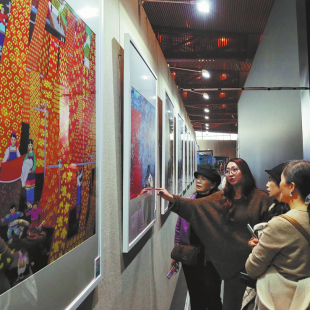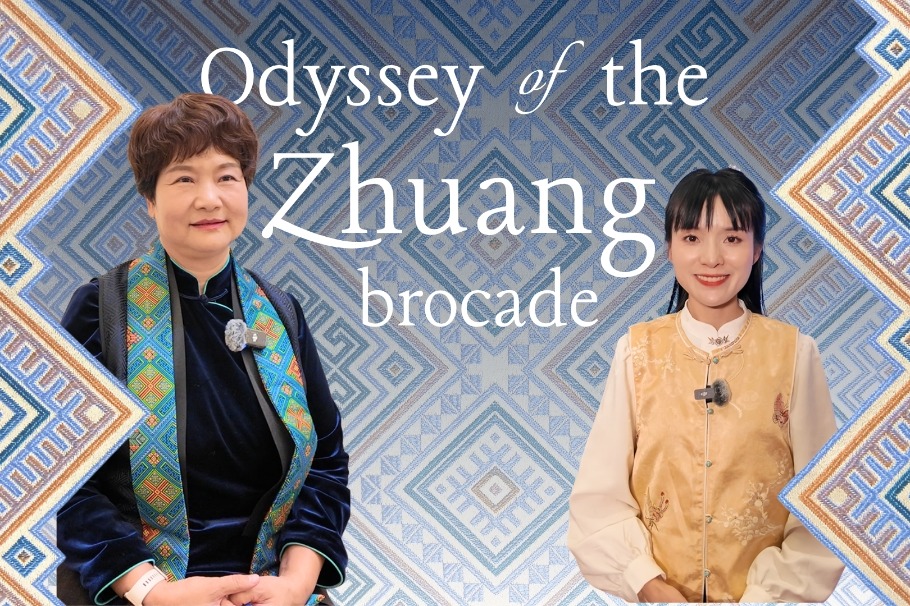Digitalization empowers China's cultural centers
Annual conference highlights the growing integration of technology into rural vitalization and how it boosts local learning and arts participation, Yang Feiyue reports.


"Registration usually fills within a day," Hou says, adding that demand is so high that classes are often doubled.
Young people make up the majority of the evening learners, while seniors attend daytime courses and children join weekend sessions.
The AI-supported classroom has expanded access and renewed enthusiasm for traditional arts. "It allows people with limited time to learn effectively and experience calligraphy up close," Hou says.
The calligraphy experience was among the highlights of the exhibition. Zhang Xuzhen, from the digital information department of the Zhejiang Provincial Cultural Center, says it presented the latest achievements of "AI plus public cultural services" from cultural centers nationwide.
"The idea was to bring together the projects that have already been implemented, especially those involving AI in public art education," Zhang explains.
His team collected examples from different provincial and municipal cultural centers, sorted them by technological function, and organized them into four thematic sections for the exhibition.
"Each section reflects a direction in which cultural centers are exploring the integration of AI," he explains.




































